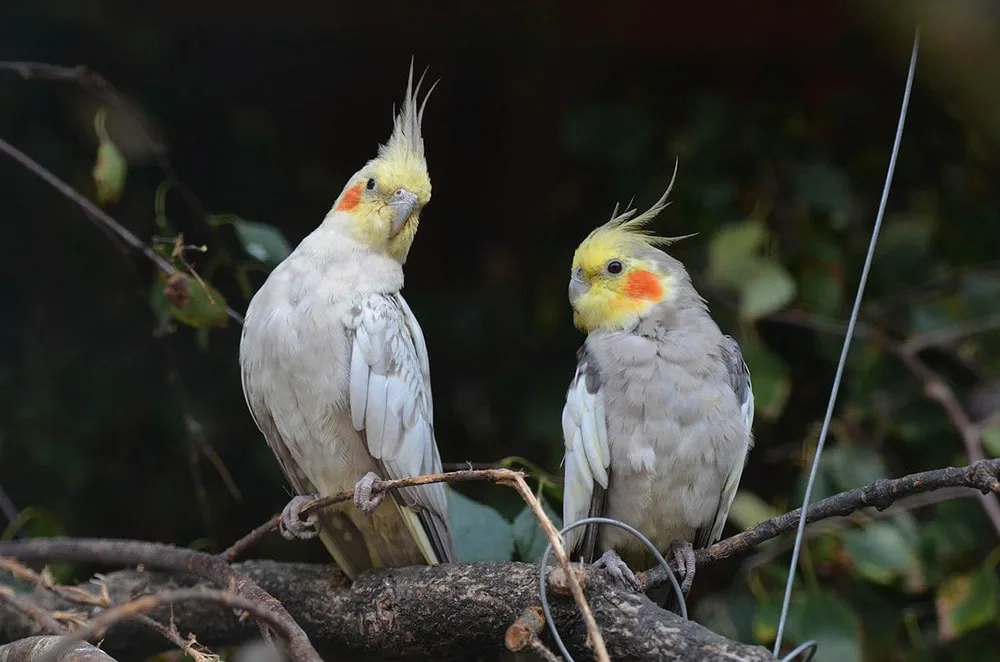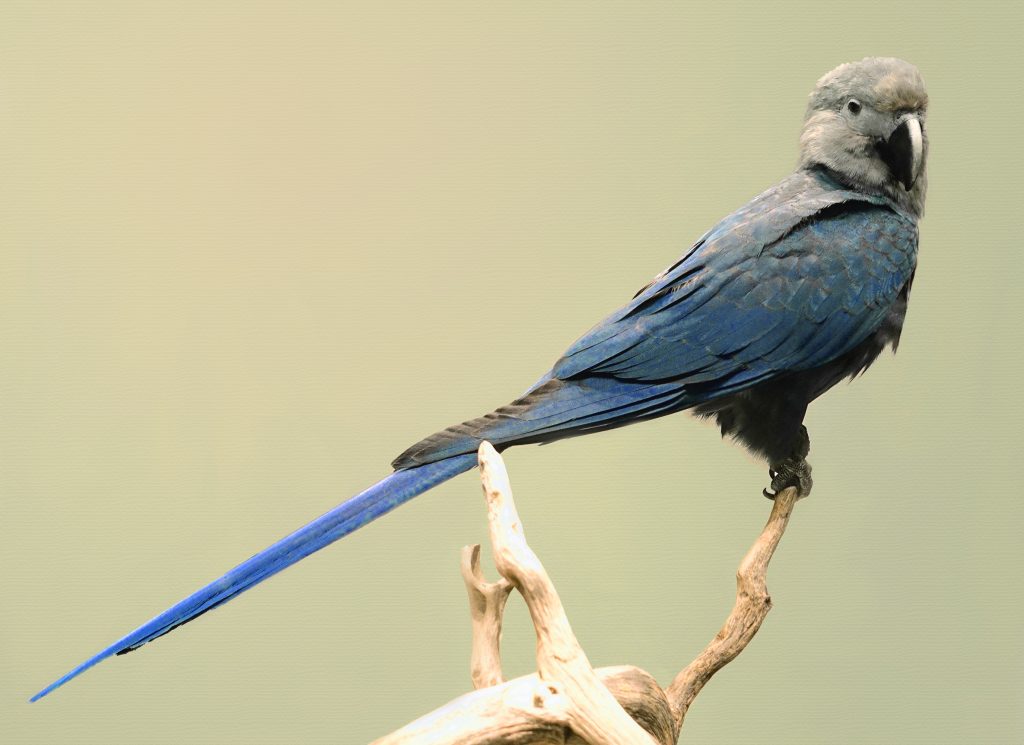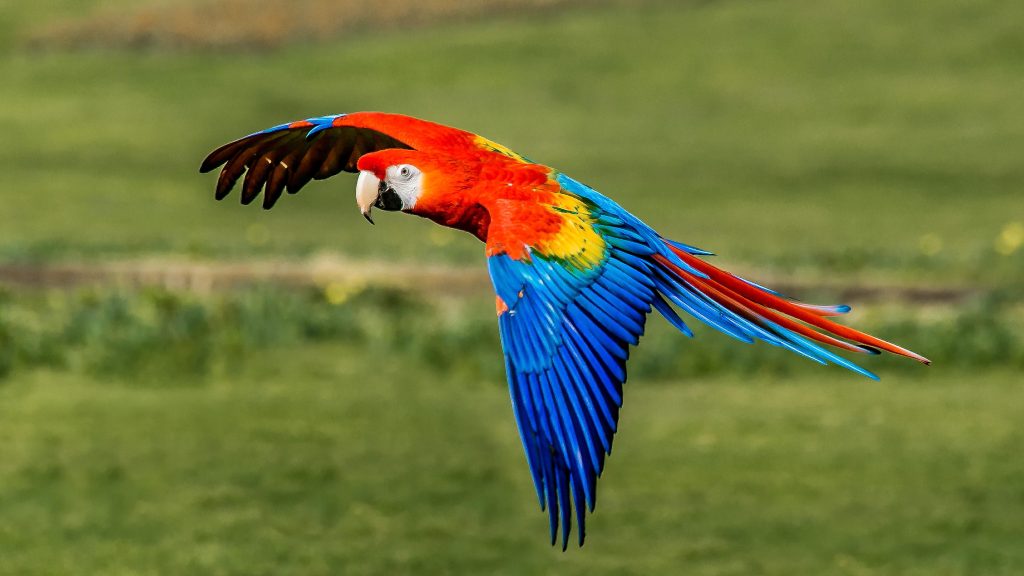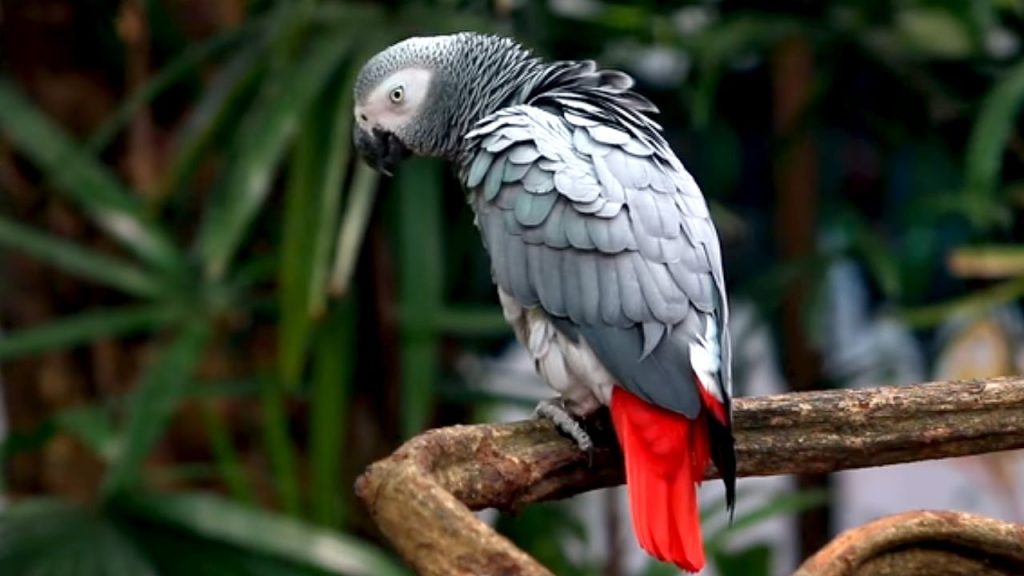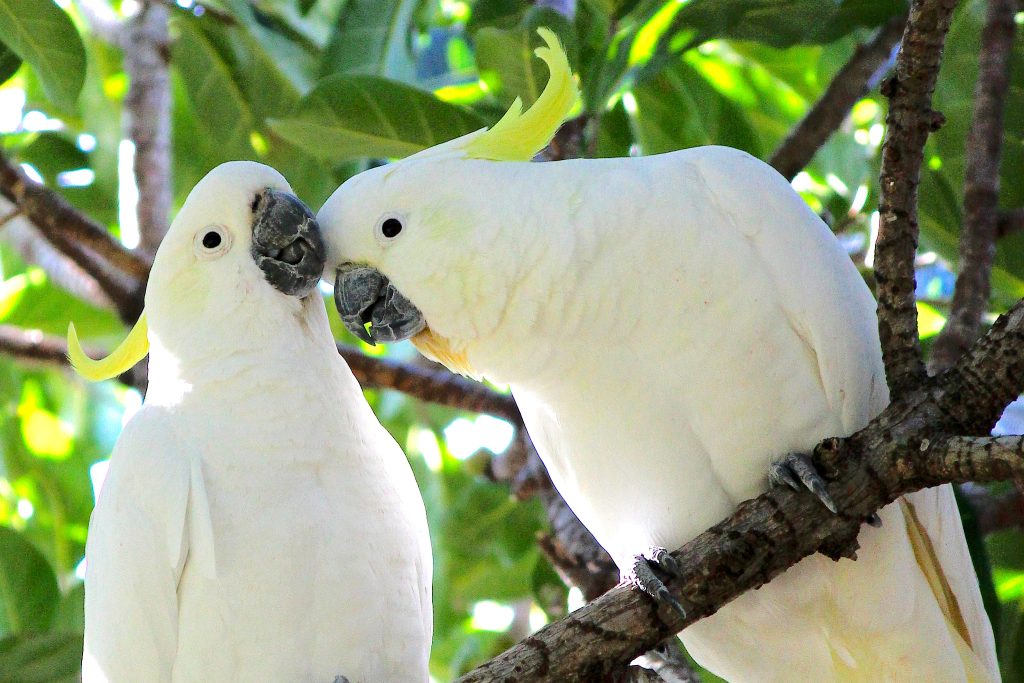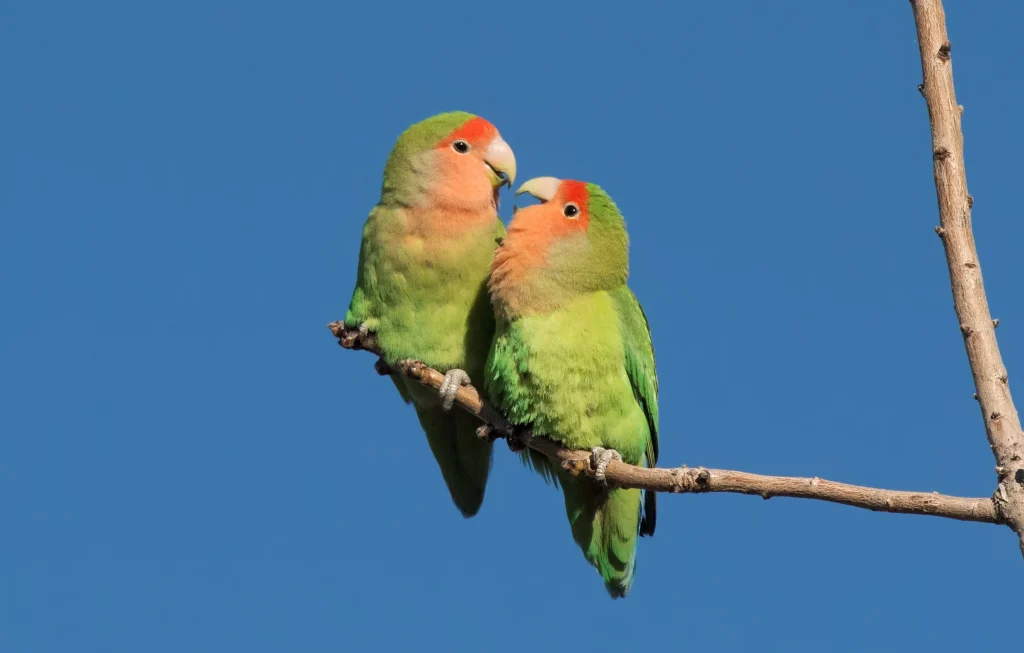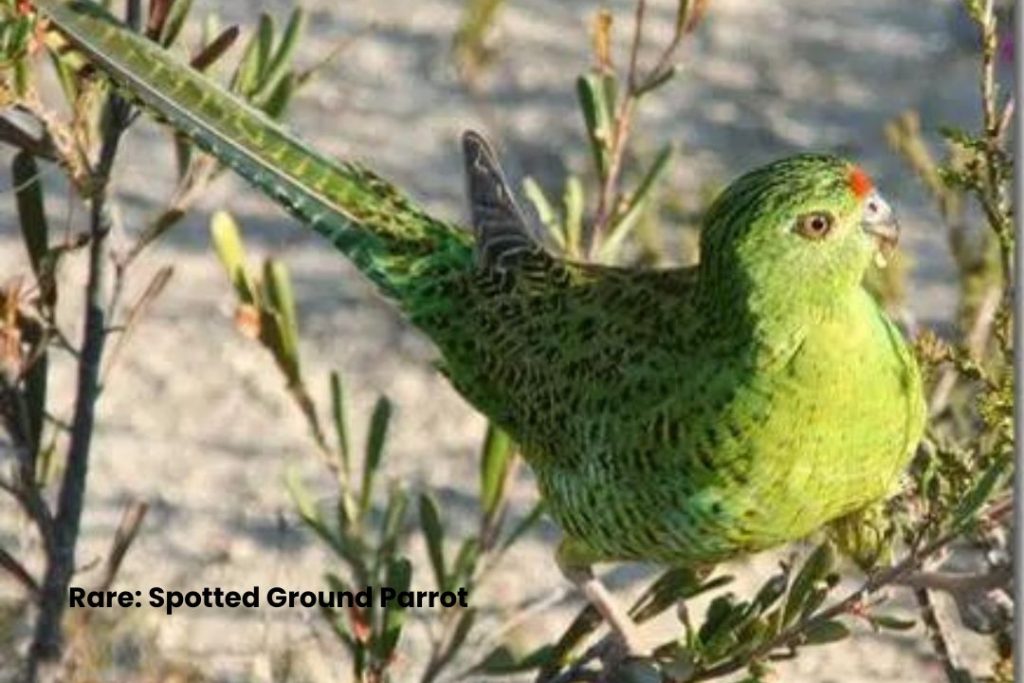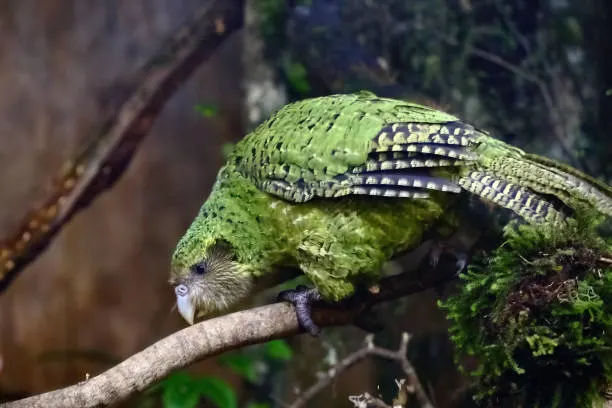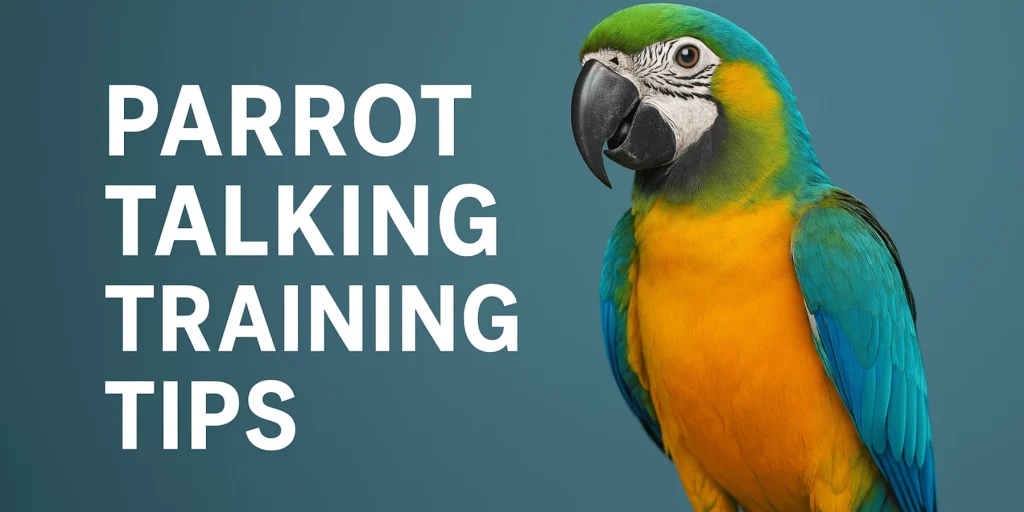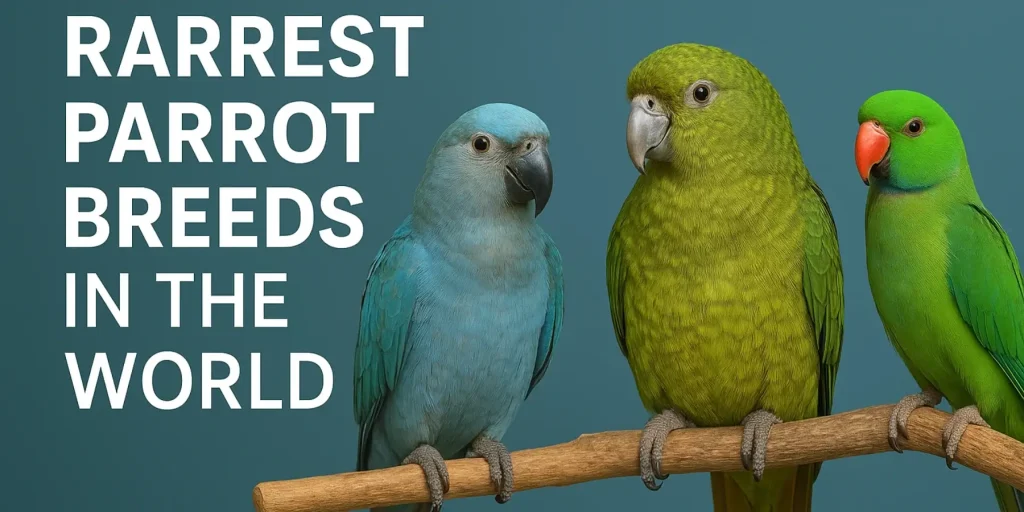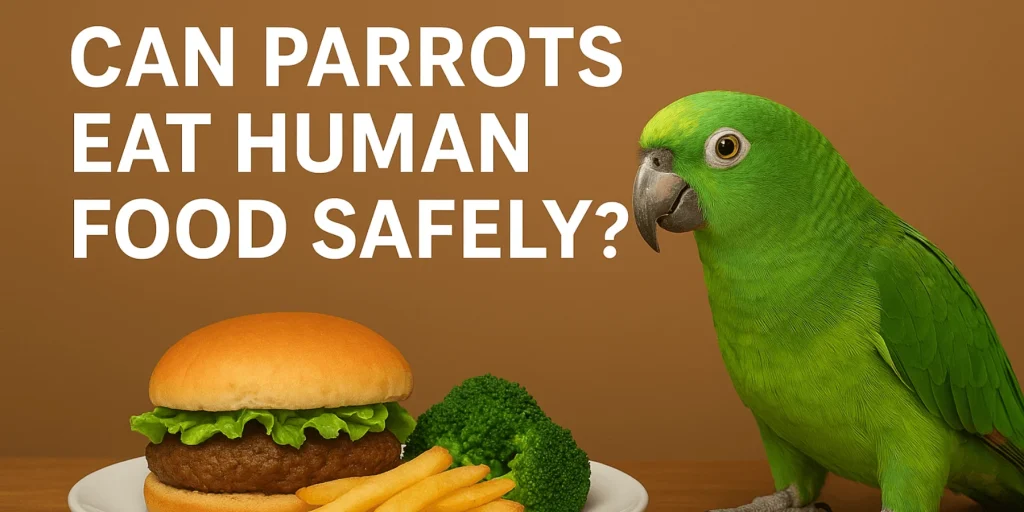🦜 Cockatiels Parrots – The Charming Companions with a Whistle
🌟 Introduction
The cockatiels parrots are among the most beloved pet birds worldwide. Known for their playful nature, expressive crests, and delightful whistles, Cockatiels make excellent companions for bird lovers of all ages. These intelligent and social birds are not only beautiful but also easy to care for, making them a top choice for families and individuals alike.
📜 Origin and Background
Cockatiels (Nymphicus hollandicus) hail from the arid regions of Australia. In the wild, they travel in flocks, often found near water sources and grasslands. As members of the cockatoo family, they share several characteristics with their larger relatives, including their iconic crests and affectionate personalities.
First domesticated in the 19th century, Cockatiels have since become a favorite around the globe, especially in homes that value interaction and gentle companionship.
🧬 Physical Traits
Cockatiels are instantly recognizable due to their charming features:
- Size: 12 to 14 inches long
- Weight: 80 to 120 grams
- Colors: Commonly grey with yellow faces and orange cheek patches, though many color mutations exist
- Distinct Feature: An expressive crest that moves according to their mood
Their soft, streamlined bodies and expressive eyes give them a gentle yet animated appearance.
💖 Personality and Behavior
Cockatiels are known for their affectionate and curious personalities. They enjoy interacting with people, whistling tunes, and mimicking household sounds. Unlike some parrots, Cockatiels are more likely to whistle than talk, although some can learn a few words.
They are social by nature and form strong bonds with their caregivers, thriving on gentle handling, daily interaction, and positive reinforcement.
🏡 Ideal Living Conditions
Creating a comfortable environment for your Cockatiel involves:
- 🪶 A spacious cage with horizontal bars for climbing
- 🧩 Toys for mental stimulation
- 🛏️ A quiet space for rest at night
- 👥 Daily out-of-cage time for social interaction
They prefer calm households and benefit from predictable routines and gentle companionship.
🥗 Nutrition and Feeding
A balanced diet is key to a healthy Cockatiel. Their nutrition should include:
- 🌾 High-quality pellet food as the primary diet
- 🥬 Fresh vegetables and leafy greens
- 🍎 Occasional fruits (in moderation)
- 💧 Fresh water is available at all times
Avoid giving avocado, chocolate, alcohol, or caffeine, as these are toxic to parrots.
🩺 Health and Lifespan
Cockatiels are generally hardy birds, but should be monitored for common health issues such as:
- 🐤 Respiratory infections
- 🪶 Feather plucking (often due to stress or boredom)
- 🦴 Calcium deficiency (especially in females)
With proper care, Cockatiels can live 15 to 20 years, or even longer. Regular vet check-ups and a healthy environment greatly contribute to their longevity.
🎮 Play and Enrichment
To keep your Cockatiel happy, provide plenty of entertainment. These birds love:
- 🔔 Bells and mirrors
- 🧵 Shreddable toys
- 🪀 Perches of different sizes and textures
- 🎵 Background music or human interaction
Engaging with your Cockatiel daily keeps them mentally stimulated and emotionally fulfilled.
👨👩👧👦 Cockatiels as Family Pets
Cockatiels are wonderful companions for both individuals and families. Their gentle temperament makes them suitable for older children who understand how to handle birds with care. While they’re affectionate, they also enjoy having quiet time to themselves.
Their moderate noise level and friendly nature make them an excellent choice for apartments or homes with limited space.
🌍 Conservation and Ethical Breeding
Cockatiels are not endangered and are widely bred in captivity. However, responsible pet ownership includes choosing birds from ethical breeders or adopting from bird rescues. Supporting proper care practices helps ensure their continued well-being in homes and aviaries alike.
🎉 Fun Facts About Cockatiel Parrots
- 🎶 Cockatiels can learn to whistle entire songs and even mimic doorbells or phone ringtones.
- 💛 Their crest feathers act like a mood indicator—raised when excited, flat when relaxed.
- 🎨 Over 20 color mutations exist, including Lutino, Pied, Pearl, and Cinnamon.
- 🏠 Many Cockatiels enjoy cuddling with their favorite person and getting head scratches.
❓ Frequently Asked Questions
Q1: Can Cockatiels talk like parrots?
A: Cockatiels may learn a few words, but they’re more likely to whistle and mimic sounds. Males are usually better at vocalizing than females.
Q2: Do Cockatiels need a companion?
A: They thrive on companionship—either from their human caregivers or another bird. However, many Cockatiels do well solo if they receive daily attention and enrichment.
Q3: How often should I clean their cage?
A: Spot clean daily and perform a full cage clean weekly to ensure a healthy and sanitary environment.
Q4: Are Cockatiels good for beginners?
A: Yes! Their manageable size, gentle nature, and ease of care make them an excellent choice for first-time bird owners.
Q5: Can Cockatiels be trained?
A: Absolutely. With patience and positive reinforcement, Cockatiels can learn tricks, come when called, and even step up on command.
✅ Conclusion
The cockatiel parrots are the perfect blend of charm, intelligence, and affection. Their gentle whistles, playful spirit, and loving nature make them one of the best companion birds you can invite into your home. Whether you’re a beginner or a seasoned bird enthusiast, a Cockatiel is sure to bring joy, music, and heartwarming companionship into your life.
Cockatoos
🦜 Cockatiels Parrots for Sale
Cockatiels Parrots are friendly, charming, and easy-to-train birds, making them one of the most popular pet parrots worldwide. Known for their gentle nature and beautiful crests, they are ideal for families and beginners. Below are country-specific links to help you find Cockatiels for sale.
- Cockatiels for Sale in India
- Cockatiels for Sale in Pakistan
- Cockatiels for Sale in United Arab Emirates
- Cockatiels for Sale in Malaysia
- Cockatiels for Sale in Canada
- Cockatiels for Sale in Australia
- Cockatiels for Sale in United States
- Cockatiels for Sale in Nigeria
- Cockatiels for Sale in Philippines
- Cockatiels for Sale in Indonesia
- Cockatiels for Sale in United Kingdom
